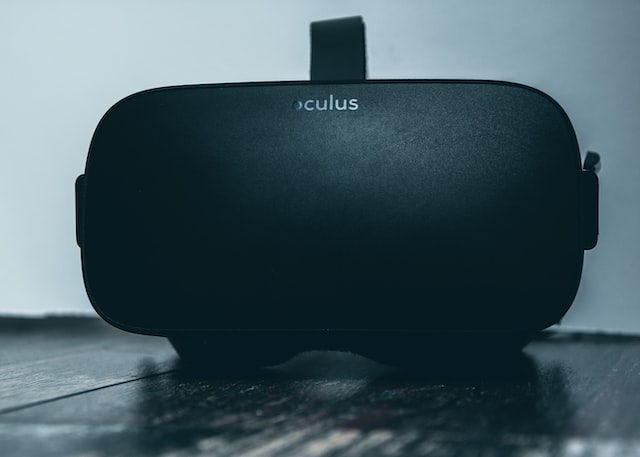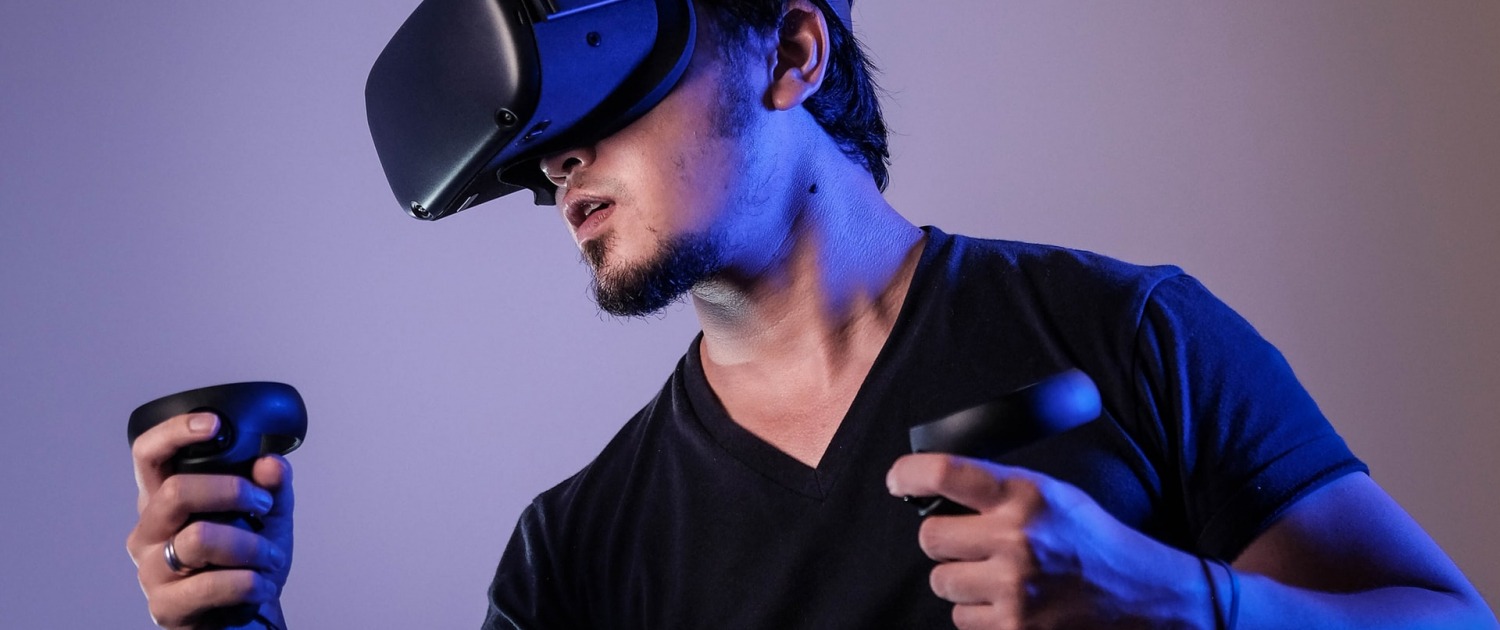What is Virtual Reality?
Virtual reality is a computer-generated environment that allows a user to interact with three-dimensional images. It is often used in video games, simulations, and training programs. Virtual reality can create realistic environments that are not possible to experience in the real world.
Virtual reality technology has come a long way since its inception in the early 1950s. Early virtual reality systems used large, expensive computers to generate crude images. Today, virtual reality is created using powerful graphics processors and software that can create realistic environments.
Virtual reality is a simulated experience that can be similar to or completely different from the real world. Applications of virtual reality include entertainment (e.g. video games) and education (e.g. medical or military training). Other distinct types of VR-style technology include augmented reality and mixed reality.
A person using virtual reality equipment is typically able to “look around” the artificial world, move about in it, and interact with virtual features or items. The effect is commonly created by VR headsets consisting of a head-mounted display with one or two small high-resolution OLED or LCD monitors providing separate images for each eye, stereoscopic headphones delivering sound to each ear, and head motion tracking sensors. Some VR systems also include tactile information, generally known as haptic feedback.
Haptic feedback is the sense of touch that can be simulated in virtual reality. This can be used to create the sensation of being able to touch, feel, and manipulate virtual objects. Most VR systems use some form of haptic feedback, which can be as simple as rumble motors in-game controllers or as complex as full-body suits that provide a variety of sensations.
An Overview of Virtual Reality Headsets and What to Consider When Choosing One

Virtual reality headsets are devices that allow users to experience virtual worlds. By blocking out the real world and providing immersive sights and sounds, VR headsets can transport users to other places and times. But how do they work?
VR headsets use a variety of technologies to create the illusion of being in another place. Head-tracking cameras track the user’s movements and adjust the view accordingly. accelerometers and gyroscopes measure the user’s head orientation and provide input to the head-tracking cameras. This allows the user’s view to change as they move their head, providing a realistic sense of depth and space.
Some VR headsets also use eye-tracking technology to track where the user is looking. This can be used to provide an even more realistic sense of depth and space, as well as to provide information to the user about what they are looking at.
VR headsets can also use haptic feedback to create a sense of touch. This can be used to simulate textures or other sensations that would be felt in the virtual world.
All of these technologies combine to create an immersive virtual reality experience. VR headsets are becoming increasingly popular as technology continues to develop and become more accessible. With the continued development of VR technology, it is likely that VR headsets will become even more realistic and widespread in the future. But with so many options on the market, it can be difficult to decide which headset is right for you. Here are a few things to consider when making your decision:
– Budget: How much are you willing to spend on a headset?
– Platform compatibility: Which gaming platforms do you want to use with your headset?
– Display quality: How important is image fidelity you?
– Weight and comfort: How comfortable do you want your headset to be
Keep these factors in mind when shopping for a virtual reality headset, and you be sure to find the perfect one for your needs.
Budget: A Breakdown of VR Headsets Available at Different Price Points
If you’re looking for a virtual reality headset, you’ll need to consider your budget. VR headsets can range in price from around $100 to $800 or more. Here’s a breakdown of some of the most popular VR headsets on the market:
– Oculus Rift: $399
– HTC Vive: $499
– PlayStation VR: $399
– Samsung Gear VR: $129
– Google Cardboard: starting at $15
To decide which headset is right for you, take into account your budget and what features are most important to you.
Platform Compatibility: Which VR Headsets Work with Which Gaming Platforms?
When choosing a virtual reality headset, it’s important to consider compatibility with the gaming platforms you want to use. Some headsets are only compatible with certain consoles or computers, while others can be used with a range of devices. Here’s a breakdown of some of the most popular VR headsets and their compatibility:
– Oculus Rift: PC
– HTC Vive: PC
– PlayStation VR: PlayStation 4
– Samsung Gear VR: Android
– Google Cardboard: Android, iOS
Make sure to check the compatibility of any headset you’re considering before making your purchase.
Display Quality: How Important is Image Fidelity When Choosing a VR Headset?
The display quality of a virtual reality headset can vary significantly between models. If you’re looking for the best possible visual experience, you’ll want to choose a headset with a high-resolution display. However, if you’re willing to sacrifice some image quality for a lower price point, there are still plenty of great VR headsets on the market. Here are a few things to keep in mind when considering display quality:
– Resolution: The higher the resolution, the better the image quality will be.
– Field of view: A wider field of view will give you a more immersive experience.
– Refresh rate: A higher refresh rate will reduce motion sickness and make for a smoother experience.
Weight and Comfort: How Comfortable Do You Want Your Headset to Be?
One of the most important factors to consider when choosing a virtual reality headset is comfort. Virtual Reality headsets can range in weight from around 200 grams to over 500 grams, so be sure to take into account the weight of any headset you’re considering. Since you’ll be wearing the headset for long periods of time, it’s important to choose one that is lightweight and won’t cause strain on your neck. Additionally, look for a headset with adjustable straps or padding to help ensure a comfortable fit.
Conclusion
These are just a few factors to keep in mind when choosing a virtual reality headset. Be sure to consider your budget, platform compatibility, and display quality when making your decision. And don’t forget to factor in comfort, as you’ll want to choose a headset that is lightweight and comfortable to wear for long periods of time. With so many great VR headsets on the market, you’re sure to find the perfect one for your needs.

